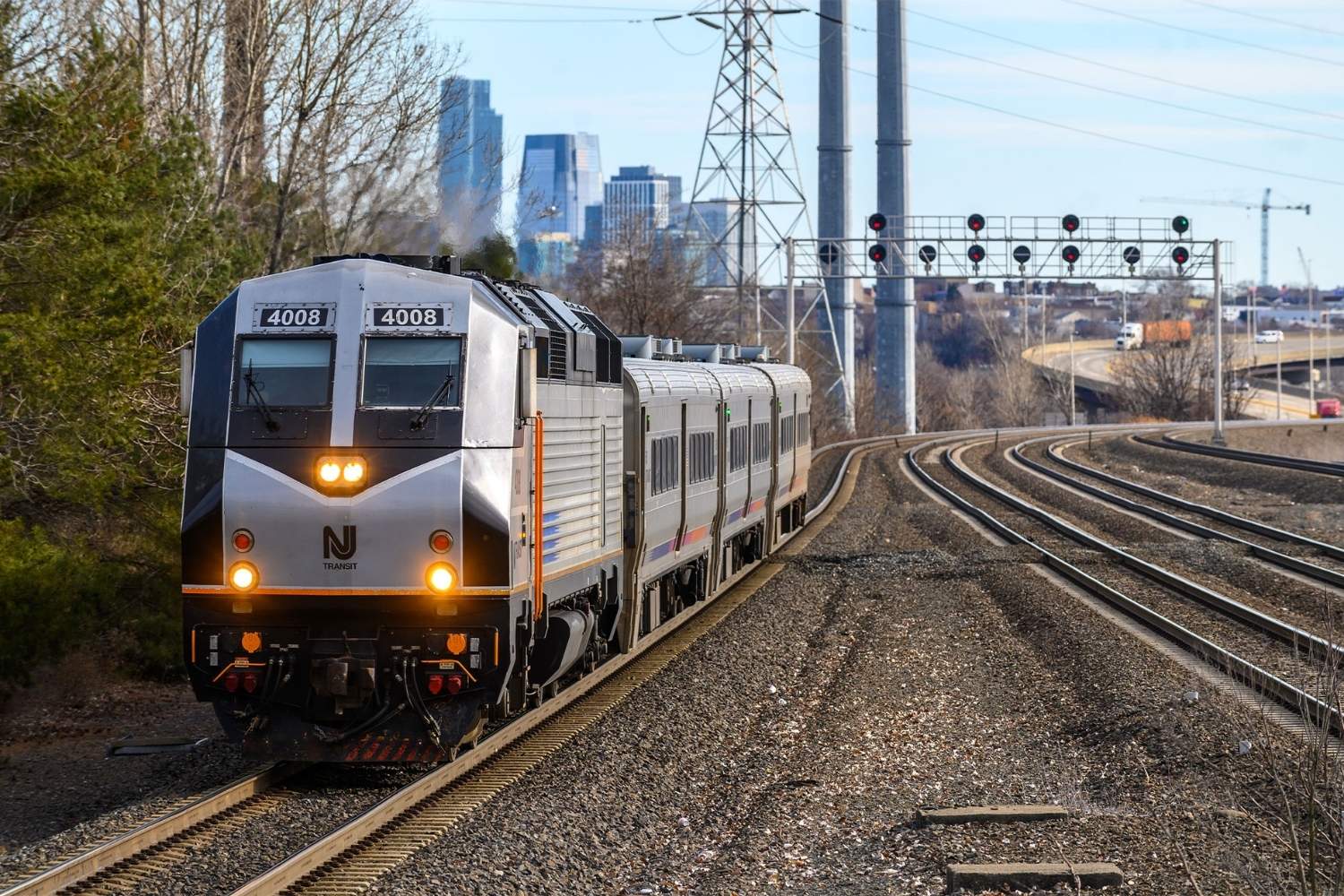
NJ Transit is a lifeline for many New Jersey residents. But how much do you really know about it? Did you know NJ Transit is the third-largest transit system in the U.S.? This network connects countless people to their jobs, schools, and leisure activities every day. From its humble beginnings to its current status, NJ Transit has a rich history filled with interesting facts. Whether you're a daily commuter or just curious, these 20 facts will give you a deeper appreciation for this essential service. Buckle up and get ready to learn something new about your daily ride!
History of NJ Transit
NJ Transit has a rich history that dates back several decades. Here are some fascinating facts about its origins and development.
- NJ Transit was established in 1979 to take over the operations of several private bus companies that were struggling financially.
- The agency expanded its services to include commuter rail operations in 1983, taking over from Conrail.
- NJ Transit is the largest statewide public transportation system in the United States, covering over 5,000 square miles.
Rail Operations
NJ Transit’s rail operations are a crucial part of its service offerings. Let's look at some interesting details about its rail services.
- NJ Transit operates 12 commuter rail lines, serving over 160 stations across New Jersey, New York, and Pennsylvania.
- The busiest rail line is the Northeast Corridor Line, which connects Trenton to New York City.
- NJ Transit’s rail fleet includes over 700 locomotives and rail cars, making it one of the largest in the country.
Bus Services
Buses are a significant component of NJ Transit’s operations. Here are some key facts about its bus services.
- NJ Transit operates more than 250 bus routes, providing extensive coverage throughout New Jersey.
- The agency’s bus fleet consists of over 2,200 buses, including hybrid and electric models.
- NJ Transit buses serve approximately 500,000 passengers daily, making it one of the busiest bus systems in the United States.
Light Rail Systems
NJ Transit also operates several light rail systems that serve urban areas. These systems are vital for local transportation.
- The Hudson-Bergen Light Rail serves the waterfront communities of Hudson County, connecting to major transit hubs.
- The Newark Light Rail provides service within Newark and connects to the city’s Penn Station.
- The River Line operates between Camden and Trenton, offering a convenient alternative to driving.
Accessibility and Innovation
NJ Transit is committed to making its services accessible and innovative. Here are some ways the agency is achieving this.
- All NJ Transit buses are equipped with wheelchair lifts or ramps, ensuring accessibility for passengers with disabilities.
- The agency has implemented a mobile app that allows passengers to purchase tickets, plan trips, and receive real-time service updates.
- NJ Transit is investing in renewable energy, with plans to transition to a 100% electric bus fleet by 2040.
Safety and Security
Safety and security are top priorities for NJ Transit. Here are some measures the agency has taken to ensure passenger safety.
- NJ Transit has its own police department, which patrols stations, trains, and buses to maintain safety and security.
- The agency has installed surveillance cameras on buses and trains to deter crime and assist in investigations.
- NJ Transit conducts regular safety drills and training for its employees to prepare for emergencies.
Environmental Initiatives
NJ Transit is committed to reducing its environmental impact. Here are some of the initiatives the agency has undertaken.
- The agency has implemented a recycling program at its facilities and encourages passengers to recycle.
- NJ Transit is working on reducing greenhouse gas emissions by investing in energy-efficient technologies and promoting the use of public transportation over private cars.
NJ Transit: A Snapshot of Efficiency
NJ Transit stands as a vital part of New Jersey's transportation network. It connects millions of passengers to their destinations every year. From its inception in 1979, NJ Transit has grown into the third-largest transit system in the U.S. It offers a wide range of services, including buses, trains, and light rail. This system not only eases daily commutes but also reduces traffic congestion and pollution.
With over 5300 buses, 700 trains, and 20 light rail vehicles, NJ Transit covers a vast area. It serves 223 bus routes, 12 rail lines, and three light rail lines. The agency's commitment to accessibility and sustainability is evident in its ongoing projects and future plans.
Whether you're a daily commuter or an occasional traveler, NJ Transit provides a reliable, efficient, and eco-friendly way to get around. It's more than just a transit system; it's a lifeline for New Jersey residents.
Was this page helpful?
Our commitment to delivering trustworthy and engaging content is at the heart of what we do. Each fact on our site is contributed by real users like you, bringing a wealth of diverse insights and information. To ensure the highest standards of accuracy and reliability, our dedicated editors meticulously review each submission. This process guarantees that the facts we share are not only fascinating but also credible. Trust in our commitment to quality and authenticity as you explore and learn with us.
